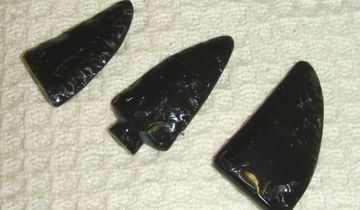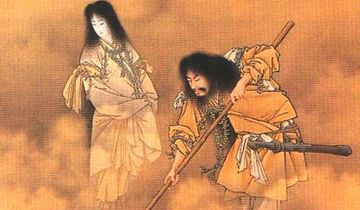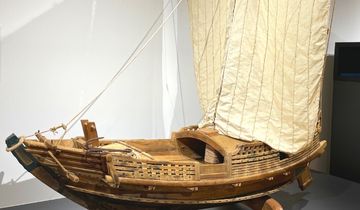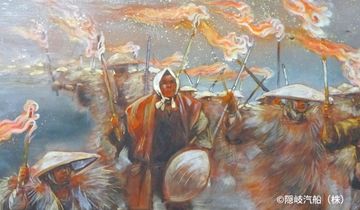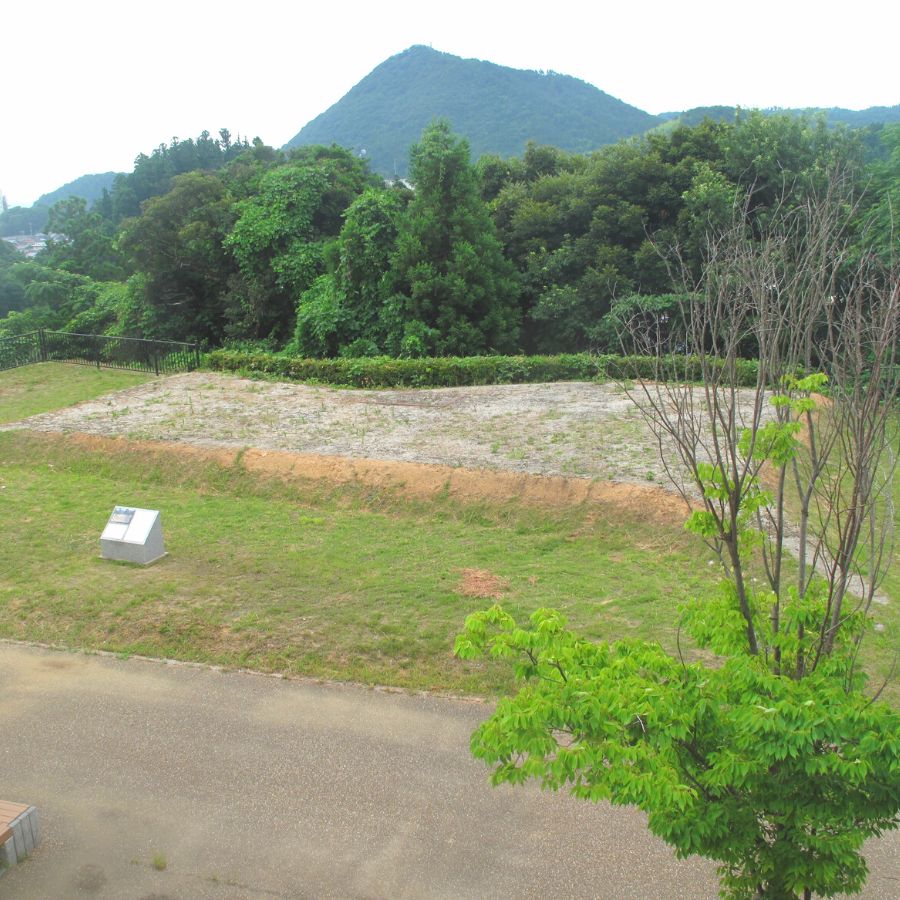
Lifestyles and Traditions - History
Bronze swords, iron spears, earthenware, and other items have been excavated from the Takeda Ruins in Ama Town. The site dates back to the late Yayoi period (c. 300 BCE–250 CE), and is the only location in the Oki Islands where Yayoi bronze implements have been found. In addition, the ruins of a moated settlement were found in other ruins in the town, which indicates that there was already a considerable scale of settlement during that period. This shows that the Oki Islands were an important location among the ancient nations.
Many kofun burial mounds were constructed in the Oki Islands during the Kofun period (c. 250–538). Including the 48-meter-long Hei Shrine Burial Mound, there are around 10 keyhole-shaped mounds, and around 200 circular-type mounds. As for square-type burial mounds, including corridor-type mounds of the late Kofun period, there are more than 300 on Dōgo Island alone.
Recent discoveries include magatama (curved, comma-shaped beads) made from blue agate and crystal mined in the Oki Islands, and copper bowls (Buddhist objects), which are said to have been introduced from China; these were unearthed at Oza Nishi Burial Mound (no. 2) in Nishida, Okinoshima Town. From these findings, it can be considered that the Oki Islands were the meeting place of culture in ancient times.


